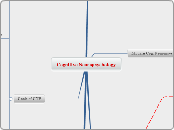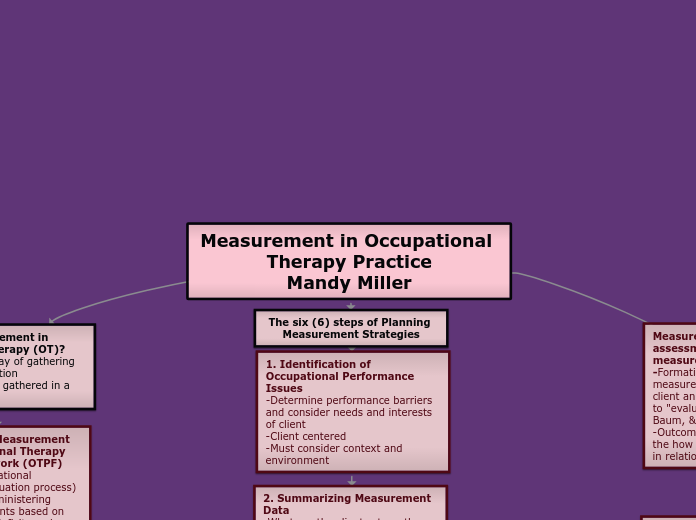These two aspects are really important that teachers take into account at the moment to doing planifications.
VALIDITY
It declare if the measure obtained are valid
It refers to de degree to wich the evidence support are used is appropriate
It could be take into account for validity
RELIABILITY
This validity must meet two requirements
Test-takers´ requirement performance goes aligned with purported behaviour to be measured.
Sampling the subject matter from which conclusion will be drawn
The fact that judgment on validity must be collected from different groups of evidences.
VALIDITY AND RELIABILITY
FORMATIVE AND SUMMATIVE ASSESSMENT
students benefit at the moment to apply summative assessment because the obtained results give them confidence and motivation.
Subtopic
Process-focused assessments
Establish stages such us steps for prioritizing the resourcefulness of students
Performance assessment
Teachers monitor and observe students performance in a real setting.
Product assessments
The ultimate product may resemble real-word objects
Principles
Summative assessment is abided by four principles
Authenticity
Narrowly natural relationship with real context
Validity
The summative assessment to be valid must be appropriateness, meaningfulness and usefulness
Reliability
Must be consistent and dependable
Practicality
It means practical ( appropriate rendering and accessible resources, time bunds efficient, process of scoring and process of evaluation are efficient)
Summative assessment has two aims:
Establishing eligibility for study programs
Determining students success at particular time.
Summative assessment determines the students overall achievement
It rules the students' performance on a numeric basic that is qualified over estándard scales.
It reports students´information in order to success or failure
Impact on students learning
Learners get involved with the process of learning actively also it entails a productive interaction between teachers and students.
Techniques and strategies
Formative assessment techniques are more rewarding for learners, they get involved in the decision making process
Structuring lesson introductions
Firstly the teacher provides students with an overview of the lesson. Secondly the objectives are stated and clarified.
Sharing the learning objectives
Teachers and students share their expectations
Target setting
Students have the chance to outline their aims
Principle
It could be assessment for learning or assessment as learning
A as learning
It is directed at creating opportunities in the classroom, so students develop independency, autonomy and strengthening peer notions
The fundamental bases over which assessment as learning is developed into are outlined as follows:
A for learning
Steers students´effort s through a process, they are capable of noticing the progress in order to reach long -waited goals.
This can be done by implementing mechanisms that provide meaningful and immediately feedback
process based activities such as balanced feedback, pertinent questioning, and socializing criteria indicators.
They might differ from the approach this being considered
Formative assessment is a process
It results in a double track feedback.
Collaborative practices between teachers and learners









